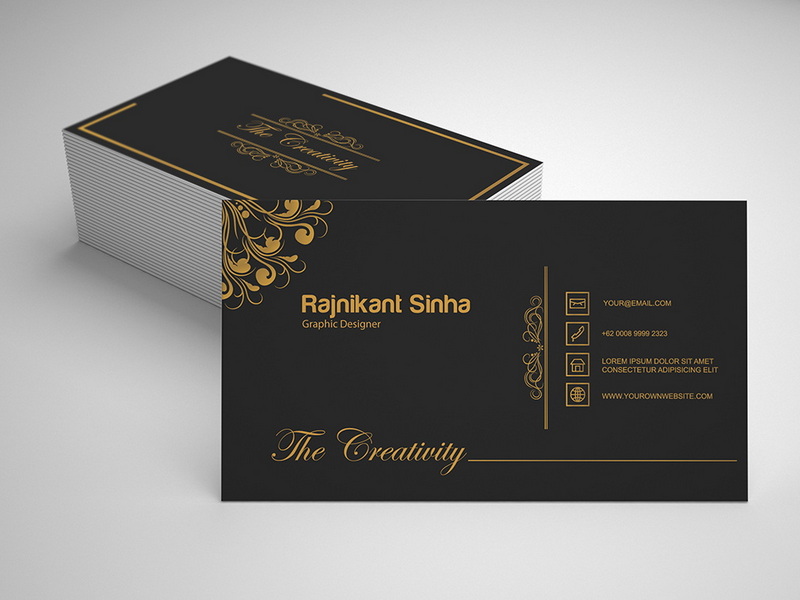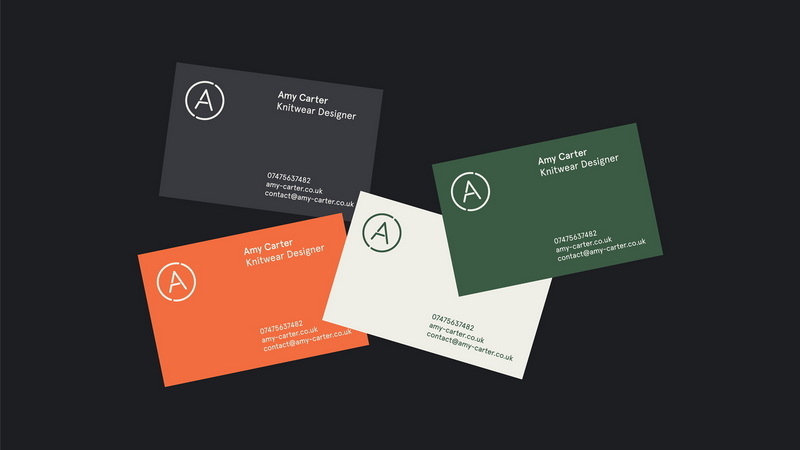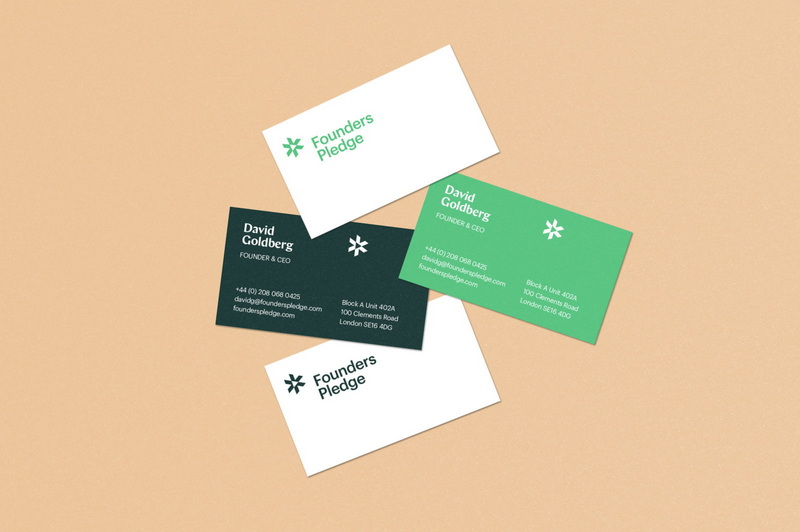Content Menu
● Target Your Audience
● Ensure Readability
● Include Essential Information
● Follow Basic Design Guidelines
>> Leave Blank Space
>> Use a Positioning Statement
>> Accessible Layout
>> Functional Card
>> Include a QR Code
>> Get Feedback
>> Choose the Right Size and Orientation
>> Use 3D Effects
>> Consider Your Logo
>> Add a Call-to-Action (CTA)
>> Tactile Elements
>> Understand Design Principles
>> Add Visual Interest
>> Keep the Design Simple
● Choose the Right Size
>> Use Your Brand's Color Scheme
>> Set a Budget
>> Buy Smart
● Conclusion
● Relevant Questions and Answers
>> 1. What is the standard size for a business card?
>> 2. What information should I include on my business card?
>> 3. How can I make my business card stand out?
>> 4. Why is it important to consider my brand's color scheme?
>> 5. Should I get feedback on my business card design before printing?
● Citations:
Creating an effective business card is essential for making a strong first impression and providing prospective clients with your contact information[1]. Here are some tips to help you design a memorable and functional business card:

Target Your Audience
Tailor your business card to resonate with your specific audience and industry[1]. For instance, a carpenter might include a relevant photo to showcase their expertise[1].
Ensure Readability
Choose fonts that are simple and easy to read, such as Times New Roman or Arial[1]. If you have a lot of information, make sure the text size is large enough to be easily legible[1].
Include Essential Information
Your business card should include only the most important information, directing recipients to learn more about your company or profession through your website or contact details[1]. Key information to include:
- Your name[1]
- Company name[1]
- Job title[1]
- Contact information (phone number, email address, contact address, and social media pages)[1]

Follow Basic Design Guidelines
Adhere to basic design principles to ensure your business card looks professional[1]. These include:
- A minimum font size for easy reading[1]
- CMYK color model (cyan, magenta, yellow, black)[1]
- 300 dpi for optimal image reproduction[1]
- Keep the main copy at least 5 mm from the edge of the trim[1]
Leave Blank Space
Effective use of white space can help recipients jot down notes and draw attention to important information[1]. Including only essential information and arranging the content appropriately can provide enough space for this purpose[1].
Use a Positioning Statement
A positioning statement is a short phrase or motto that defines your brand, values, and beliefs, differentiating you from competitors[1]. Adding this statement can help build a solid foundation with prospective clients[1].
Accessible Layout
Consider the accessibility of your card layout[1]. For example, in English-speaking areas, people read from left to right, which might influence what information they view first[1].
Functional Card
To make your business card stand out, consider giving it a function that makes it useful[1]. Examples include seed packages, phone holders, or bottle openers[1].
Include a QR Code
Add a QR code that directs customers to your company's website or online store when scanned[1].
Get Feedback
Before printing all your business cards, seek feedback from trusted colleagues or friends[1].
Choose the Right Size and Orientation
While most business cards are horizontal and the size of a credit card, you can opt for a different size or orientation[1]. A square or vertical card might better suit a design on the back[1]. The standard size is 3.5” x 2”, but you could opt for something a little larger to fit more information, or something smaller that includes links to online portfolios or profiles[3].
Use 3D Effects
Consider using 3D effects to add a creative touch to your business cards[1]. A 3D card can make text or designs appear raised from the surface[1].
Consider Your Logo
Place your company logo on the back or front of the card next to your contact details[1]. Keep the logo simple to complement the card[1]. Including your company's logo is another way to create brand awareness[3]. The more times a customer sees your logo, business name, and other company references, the more likely they are to remember it[3].
Add a Call-to-Action (CTA)
A CTA can encourage recipients to contact you or visit your website[1]. This could be a simple request to get in touch or a unique offer like a discount code[1].
Tactile Elements
Make your cards unique by using different physical textures, such as an embossed font or die-cut edges[1].
Understand Design Principles
Keep in mind basic design principles, such as where the recipient's eyes may naturally go based on the card's layout[1].
Add Visual Interest
Enhance your card with foil accents, a glossy coating, or other attractive features to add sophistication[1].
Keep the Design Simple
While creativity is good, ensure the design is simple[1]. The main goal is to help prospective clients get in touch with you easily[1].
Choose the Right Size
A business card should be large enough to see its contents but small enough to fit into your pocket or wallet[3].
Use Your Brand's Color Scheme
Use your brand's color scheme to help spread brand awareness to potential clients[3]. When you make significant brand changes, make sure to update your business card[3].
Set a Budget
Setting a budget is important[7].
Buy Smart
Buy fewer cards than you think you need[7].
Conclusion
A well-designed business card is a powerful tool for making connections and leaving a lasting impression. By targeting your audience, ensuring readability, and including essential information, you can create a card that effectively represents your brand. Following basic design guidelines, using white space strategically, and adding unique elements such as a positioning statement or QR code can further enhance your card's impact. Remember to consider the card's layout, size, and tactile features to make it both functional and visually appealing. Getting feedback before printing ensures that your card effectively communicates your message and encourages potential clients to get in touch.

Relevant Questions and Answers
1. What is the standard size for a business card?
The standard size for a business card is 3.5 inches by 2 inches[3].
2. What information should I include on my business card?
Include your name, company name, job title, and contact information such as phone number, email address, contact address, and social media pages[1].
3. How can I make my business card stand out?
You can make your business card stand out by using 3D effects, tactile elements, a unique shape or orientation, or by adding a QR code that directs customers to your website[1].
4. Why is it important to consider my brand's color scheme?
Using your brand's color scheme can help spread brand awareness to potential clients and create a cohesive brand image[3].
5. Should I get feedback on my business card design before printing?
Yes, it is a good idea to get feedback from trusted colleagues or friends before printing your business cards to ensure they effectively communicate your message[1].
Citations:
[1] https://www.indeed.com/career-advice/career-development/business-card-tips
[2] https://github.com/haoweiguang/haoweiguang.github.io/blob/master/index.html
[3] https://blog.hubspot.com/sales/how-to-design-business-card
[4] https://bbs.gter.net/forum.php?mod=viewthread&action=printable&tid=402330
[5] https://www.vistaprint.com/hub/business-card-design-rules
[6] https://www.cnblogs.com/apachecn/p/18461371
[7] https://www.reddit.com/r/startups/comments/7zqczc/a_few_tips_about_business_cards/
[8] https://bbs.gter.net/thread-402330-1-1.html
































